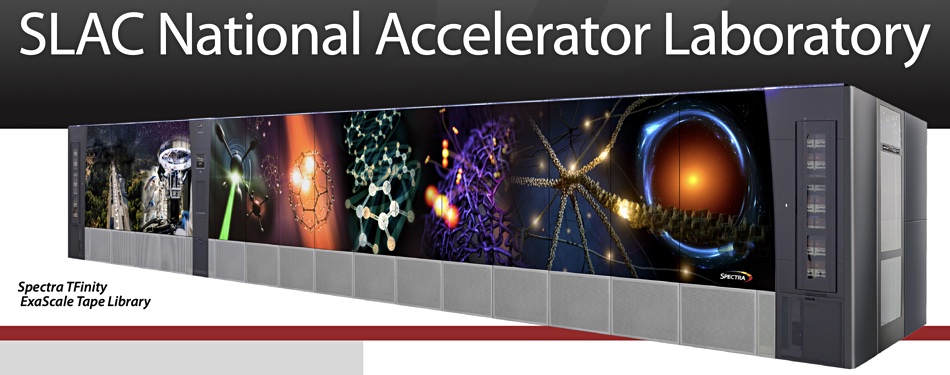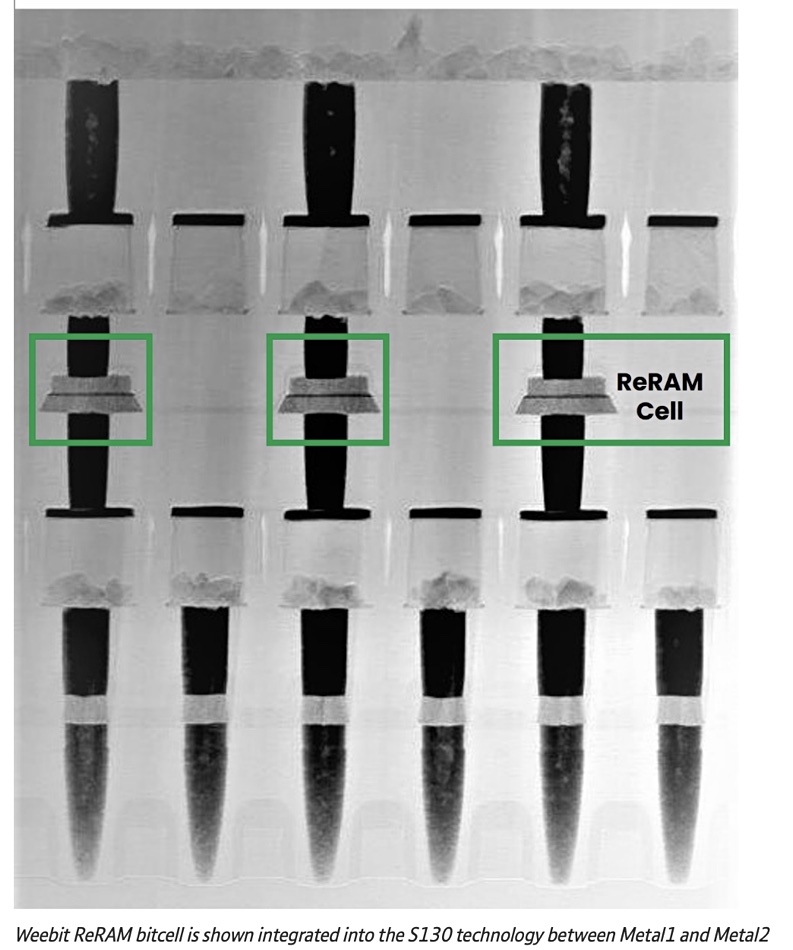AWS engineer Andy Warfield has a FAST’23 technical session entitled “Building and Operating a Pretty Big Storage System (My Adventures in Amazon S3)” which is viewable on Youtube.
…
Data protector Arcserve ran a research study in the UK which found that 27 percent of IT decision-makers (ITDMs) falsely believe that cloud providers are responsible for protecting and recovering data in the public cloud. It’s getting better. In 2019, 47 percent of ITDMs believed it was the cloud provider’s responsibility. The misconception persisted in 2020, with 40 percent believing the same, and now stands at 27 percent in the latest research.
…
British cybersecurity company Censornet has announced Total Protection, a new product package to prevent data loss and breaches. Targeted at companies in the mid-market, Total Protection is designed to defend email, web, and cloud apps, and provides advanced enterprise-grade data loss prevention. It says its package will enable organizations to protect their entire digital attack surface – web, email, cloud – via a single, consolidated solution. Complete with advanced Data Loss Prevention (DLP), it removes the need for multiple point products, giving organizations enterprise-grade security with instant data protection and rapid time-to-value, we’re told.
…
Managed infrastructure solutions provider 11:11 Systems has launched 11:11 Managed Backup for Cohesity. This managed service brings together Cohesity’s DataProtect platform and cluster-based architecture with 11:11 Systems’ workload integration and backup management to create an on-prem data protection bundle. By combining Cohesity’s software deployed on-site with 11:11’s onboarding, configuration, and ongoing management, customers get comprehensive protection from a secure, scalable backup offering in a single, seamless system. In the event of a ransomware attack, customers can quickly recover at scale.
…
Cohesity has been named a Leader in the Omdia Universe: Protecting and Recovering Data in the Cloud Era, 2022–23 report. It was recognized for its modernized data protection approach and capabilities in core backup and recovery, and monitoring and reporting. Cohesity earned the top capability score due to its high ratings in solution breadth, roadmap and strategy, and solution capability
…
Leveraging Cyxtera’s global footprint of colocation facilities and Digital Exchange network fabric, Cyxtera and Dell will provide global enterprises of all sizes – as well as federal, state, and local government organizations – with full stack infrastructure as a service. This includes compute infrastructure, network connectivity, and colocation space and power at the individual server and rack unit levels. These capabilities enable a cloud-like experience for the deployment of workloads that require the control, performance, and security of dedicated infrastructure and colocation, the companies claimed.
…
Data lakehouse supplier Databricks has launched Databricks Model Serving to provide production machine learning (ML) natively within the Databricks Lakehouse Platform. Model Serving, so said Databricks, removes the complexity of building and maintaining infrastructure for intelligent applications. Customers can use Databricks’ Lakehouse Platform to integrate real-time machine learning systems across their business, from personalized recommendations to customer service chatbots, without the need to configure and manage the underlying infrastructure. Deep integration within the Lakehouse Platform offers data and model lineage, governance, and monitoring throughout the ML lifecycle, from experimentation to training to production. Databricks Model Serving is now generally available on AWS and Azure.
…
Cryptographically verifiable immutable enterprise-scale database supplier immudb has announced new connectors that it said make it possible for data kept in any other data store, for example a PostgreSQL database, to be made tamper-proof for forensic, judicial or auditing purposes. With immudb connectors, data can be extended to and stored inside immudb with guarantees against tampering while providing high performance and full query capabilities. immudb is pitcheed as being capable of protecting sensitive data for workloads that require the utmost in data security. Codenotary uses immudb to underpin its software supply chain security product. There have been more than 15 million downloads of immudb so far.
…
Intel Data Center Manager 5.1 helps monitor, calculate, predict, and control the operational carbon emissions and footprint by collecting the telemetry from the IT devices in the datacenter. It is one component for organizations focused on achieving sustainability goals and lower power costs. Take a look here.
…
Kasten by Veeam, which supplies Kubernetes backup and recovery, announced near triple-digit Annual Recurring Revenue (ARR) growth in fiscal 2022. Kasten has expanded its footprint by doubling the size of its staff and extending its presence in the enterprise space and vertical markets such as finance, wireless telecom, and the public sector. According to recent ESG research commissioned by Kasten, “83 percent of organizations will be using containers in the next 12 months,” said Christophe Bertrand, Practice Director at ESG. “The container backup market will continue at a fast pace, considering 93 percent of organizations think it is important to have a container backup and recovery management solutions that works across multiple public cloud infrastructure.“
…
NAND foundry operator Kioxia is increasing the usage of renewable energy by installing large-scale solar power generation systems at its Kitakami and Yokkaichi plants. Installed on the rooftop of flash memory fabrication facilities, the new solar power systems will be the largest of their kind at any semiconductor plant in Japan. With a total generating capacity of about 7.5MW, the new solar power systems are forecast to generate about 7,600MWh of electricity annually for Kioxia and reduce carbon dioxide emissions by about 3,200 tons per year.

…
Quantum has partnered with WaitTime, a supplier of crowd intelligence analytics, to deliver a certified system built for real-time crowd intelligence using video surveillance data captured and stored by Quantum’s Unified Surveillance Platform (USP). This is a unified compute and storage platform that is designed to retain data even if hardware fails. It is capable of scaling to handle tens of thousands of cameras. USP is able to manage and run multiple physical security applications on a single infrastructure, including analytics applications like WaitTime. The combined USP and WaitTime system uses data produced by video surveillance cameras to analyze queues in venues such as stadiums, malls, airports, and more.

WaitTime’s AI software provides real-time data and historical analytics on crowd behavior, we’re told. Its patented AI gives operations personnel live information on crowd movement and density, while providing guests all they need to navigate a venue and information on things like queue times at concession stands.
…
Rockset has introduced compute-compute separation in the public cloud for real-time analytics that isolates streaming ingest compute, query compute, and compute for multiple applications. It says that, until now, there has been a fundamental limitation in every database architecture designed for real-time analytics. A single component performs two competing functions: real-time data ingestion and query serving. These two functions compete for the same pool of compute resources, threatening the reliability and scalability of real-time analytics. Rockset has separated them, and so provides:
- Isolation of streaming ingest and queries: Predictable streaming performance even in the face of high-volume writes or reads. Avoid contention and over-provisioning compute.
- Multiple applications on shared real-time data: Maintain a single real-time dataset and spin up compute instances to serve multiple applications. Achieve workload isolation without creating replicas.
- Fast concurrency scaling: Scale out across multiple clusters to support high concurrency
…
SK hynix is developing 300+ layer 3D NAND, a record layer count. Apparently it presented a session at the 70th IEEE International Solid State Circuits Conference (ISSCC), held in San Francisco in late February, and discussed a 1Terabit chip with 300+ layers, a TLC (3bits/cell) format and a 194 megabytes per second write speed, also a record. SK hynix is currently sampling 238-layer 3D NAND with 512 Gbit chips organized in TLC format.
…

Cloud data warehouse biz Snowflake announced its Q4 and full 2023 results. Q4 revenues were $598 million, up 53 percent. Product revenue for the quarter was $555.3 million, representing 54 percent growth. There was a loss of $207.2 million, deeper than the year-ago $132.2 million loss. Net revenue retention rate was 158 percent as of January 31. The company now has 7,828 total customers and 330 customers with trailing 12-month product revenue greater than $1 million. Full year revenues were $2.07 billion with a loss of $796.7 million. It’s going for massive growth over profitability.
…
SpectraLogic has sold an 18-frame TFinity exascale tape library to the SLAC National Accelerator Laboratory at Menlo Park, California, using LTO-9 tape media. SLAC is operated by Stanford University for the US Department of Energy. It supports an array of scientific projects focused on cosmology and astrophysics, materials and energy science, catalysis, ultrafast science, and cryogenic electron microscopy. SLAC supports the Rubin Observatory’s 10-year Legacy Survey of Space and Time (LSST) which will scan the entire visible southern sky every few days for a decade. SLAC expects its total storage needs to reach upwards of two exabytes by 2033. Download and read a case study here.

…
STMicroelectronics’ new automotive SoCs enable real-time zonal or domain control in electric and hybrid vehicles. Targeting ASIL-D drivetrain systems, the Stellar P-series engages directly with local sensors and actuators. It features a non-volatile phase-change memory (PCM) duplicated for reliable over-the-air (OTA) updates. PCM has superior read time as well as byte and bit-level write capability compared to embedded NAND; it can also be manufactured in 28nm and finer processes. Just announced is the SR6P6x (P6) line, which is a subset of the earlier SR6P7x (P7) SoC.
…
Archiver StrongLink has announced new Cloud Storage features:
- S3 IBR: Immutable Feature allows StrongLink to protect against data deletion by safeguarding data written to S3 Cloud Storage providers.
- Hard Delete: Ensures that data written to an S3 target is hard written by performing 2-step verification.
- Containers: Allows for multiple S3 buckets to be created.
- Black Pearl Store Support: Enables enterprises to write using the S3 Protocol directly to SpectraLogic storage systems.
- Export Versioning: Provides the ability to identify the differences between various versions without accessing the S3 bucket and comparing.
- Glacier Support: Enables enterprises to present the Glacier Tier of AWS on virtually any storage target.
- Azure Support: Enables enterprises to extend StrongLink’s global file system across Microsoft Azure Cloud Storage, allowing ubiquitous data access.
…
Synology has launched two new NAS systems: the DiskStation DS1823xs+, and RackStation RS2423+/RS2423RP+. The DS1823xs+ is an eight-bay desktop NAS built for offices and studios where a dedicated server rack is not available, while the RS2423+/RS2423RP+ is a 12-bay rackmount solution designed to provide SMBs power and flexibility as storage demands grow. Highlights for DS1823xs+ and RS2423(RP)+ include built-in 10GbE connectivity on both units, upgradable to 25GbitE, up to 324TB and 432TB of raw storage capacity after expansion, and over 3,100/2,600 MBps and 3,500/1,700 MBps sequential read/write.
…
ReRAM developer Weebit Nano’s ReRAM IP is now available from SkyWater Technology. Demo chips produced by SkyWater integrating Weebit’s ReRAM module were recently received from manufacturing and proven fully functional. These chips are currently under qualification, and are being used for customer demonstrations, testing and prototyping. SkyWater customers can now integrate Weebit’s ReRAM non-volatile memory (NVM) in their system-on-chip (SoC) designs. Weebit’s ReRAM has up to 100K write cycle endurance, supports 10 years’ data retention at high temperatures, and has ultra-low power consumption, including down to zero standby power. Weebit is partnering with the University of Florida’s Nino Research Group to examine the effects of radiation on its ReRAM, and initial studies confirm the technology is tolerant to high levels. There is a whitepaper about this.

…
Subscription-based datacenter kit supplier VergeIO has devised a VMware Exit Strategy in response to ongoing frustration with VMware’s pricing policies and concerns over the impending Broadcom acquisition. The program includes a competitive trade-in to VergeOS and a migration service powered by a new feature, IOmigrate. Customers can use existing hardware and reduce VMware costs by more than 50 percent, VergeIO claims. IOmigrate uses VMware’s change block tracking (CBT) technology to synchronize virtual machines with VergeOS VMs in near real-time. IOmigrate can be used as a backup and disaster recovery system while testing converted VMs.







